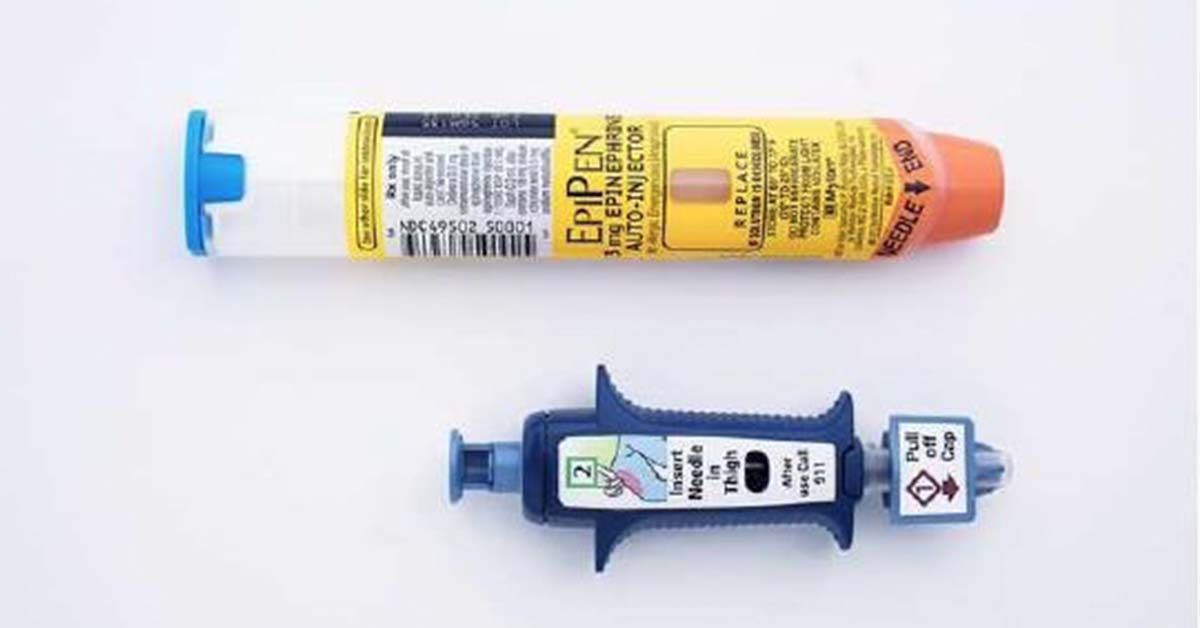A study recently published in the Annals of Allergy, Asthma & Immunology compared the usability of two emergency epinephrine devices: the Symjepi™ prefilled syringe vs EpiPen® auto-injector.
It should be noted that auto-injectors and prefilled syringes operate differently: auto-injectors are designed to insert the needle, administer the epinephrine, and retract the needle when the device cap is removed and the device is jabbed and pulled. Prefilled syringes are applied similarly to other syringes: the cap is removed exposing the needle, the needle is jabbed, the plunger is pressed to administer the epinephrine, and the needle is pulled.
The study recruited 34 untrained adolescents (17 boys, 17 girls) aged 12 to 17 who had no prior knowledge of administering epinephrine. They were handed Symjepi devices filled with saline and EpiPen trainers and provided no other information than the instructions for use provided on the device and where on the body to use them.
In the first cohort, 17 participants were each given Symjepi first, then EpiPen, and in the final cohort, 17 participants were given the devices in the opposite order. The participants were instructed to administer the devices in accordance with the instructions on the label.
Of the 34 applications of the Symjepi, there were no use errors, i.e. each application was administered as expected. In contrast, there were four errors administering the EpiPen: three were observed using the device upside down which would have resulted in injecting their thumb, while one failed to keep the device in place for the recommended amount of time which would have resulted in an insufficient dose of epinephrine being administered.
In summary, the study showed a significantly higher failure rate for the EpiPen trainer (12%) than for the Symjepi device (0%).





